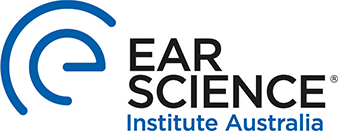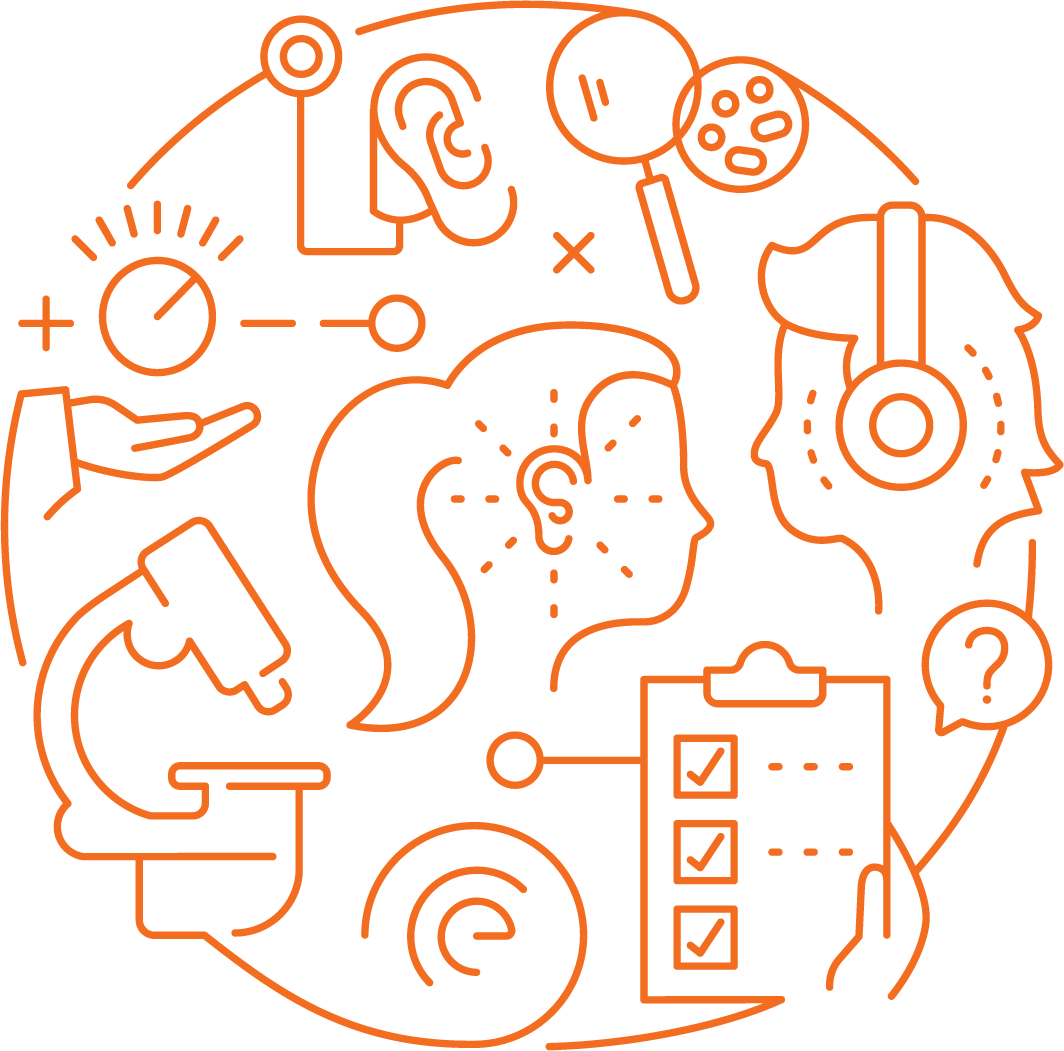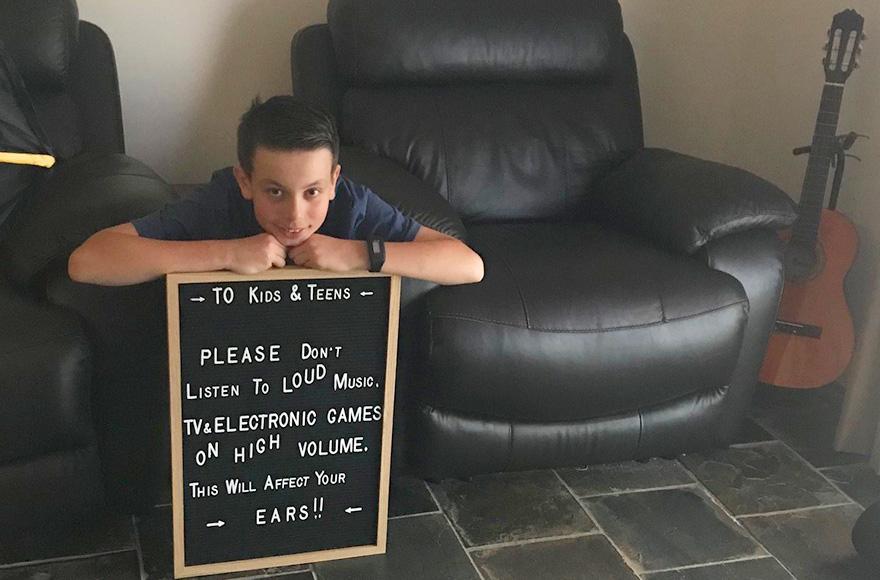Hearing aids have transformed from technologically basic devices to multifunctional medical instruments in the last ten years, but what is next?
Just like mobile phones, hearing aids have benefited from significant technological advancements, with wearers now benefiting from a raft of features that pretty much makes the wearer a Superhero in their own home.
These Supersonic features allow wearers to filter out background noise. Invisible hearing aids, giving people improved hearing without any apparent external devices and “Psychokinesis”, with the ability to turn up the sound on the TV streaming to a hearing device without the remote control. All with the same functionality as Apple Airpod to stream your Audiobook, your Spotify playlist and the latest show on Netflix.
The fast-tracking of telehealth for hearing services has accelerated as a result of COVID. Technological advancements now mean that we can now program hearing aids in real-time in specific environments. “No longer does a hearing aid wearer have to explain a listening situation (like in a restaurant or at a lecture) to us in the clinic,” Said Lize Coetzee, Chief Operating Officer at Lions Hearing Clinic. “The client can now sit in their favourite bar or at the footy match, and we can set up a program for them in real-time in that specific listening situation – all via Tele-Audiology. With immediate testing and feedback from the client, they get a better individual hearing outcome, and it is an exciting time to be in our industry,” she said.
According to the latest statistics from the Australian Bureau of Statistics (ABS), about 41% of us work from home for one or more days a week. Workers are now facing a new set of distractions – other family members, the neighbour mowing their lawn or the kid’s watching TV in the afternoon. With many tech giants like Apple and Samsung getting involved, there is a range of devices on offer to suit a range of listening situations to enhance an individual’s hearing ability, and some of them look pretty cool.
But what is next?
Currently, hearing aids are very sophisticated pieces of technology that collect several data points from the wearer’s environment, but this will only get better as Artificial Intelligence improves. We will see these devices take in more and more data points, allowing them to make better decisions. In the not-so-distant future, we will see devices that can detect how often the wearer is in a listening situation, detect if they are relaxed or stressed and how often they are manually adjusting their hearing device in that listening situation – so the next time the device detects this listening situation it will do it all for you. “These devices will dramatically improve a person’s life and reduce the psychosocial impact of hearing loss,” said Sandra Bellekom, Chief Executive Officer at Ear Science Institute Australia.
Can you imagine a hearing aid that could detect early signs of cognitive decline? Ear Science Institute Australia, Curtin University and Oticon have banded together to investigate such possibilities.
Or a hearing aid that is synched to your smartwatch, alerting it to an increase in your heart rate. Causing the device to immediately modify its noise processing to improve hearing outcomes in real-time.
Or a hearing aid that looks like an earring – we all need a bit more bling in our lives.
Few Australians know this, but it’s all coming our way! All of this technology and AI advancements coincide with opening our latest clinic north of the river. We are proudly West Australian and the only hearing provider that is part of a medical research institute. We expect our new Lions Hearing Clinic to help over 1000 local residents in our first 12 months as they navigate the latest hearing technology.







